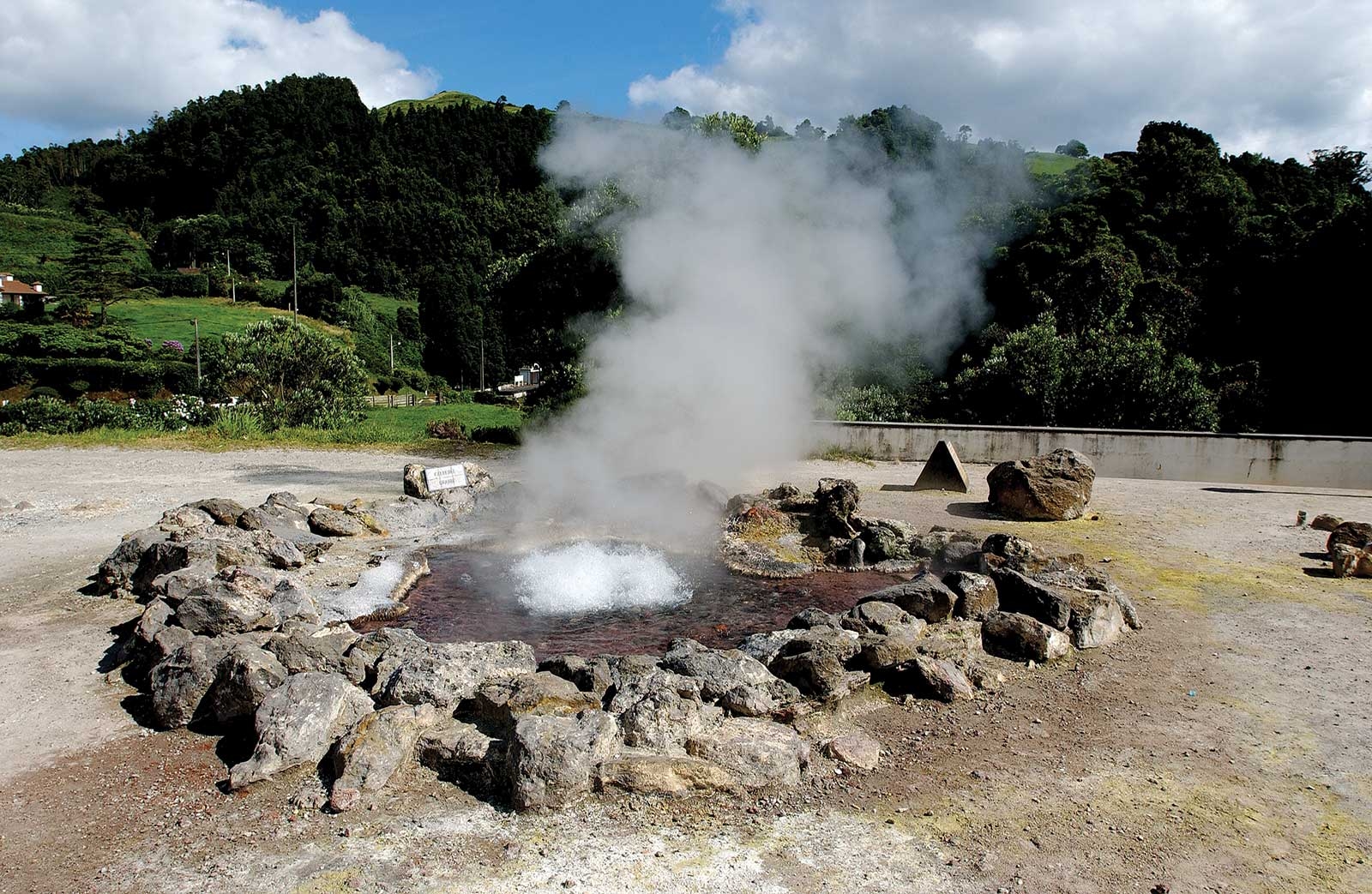
Azores, volcanoes and hot-earth cuisine
A culinary journey through the Azores archipelago, between underground cooking and land-and-sea products.
The Azores archipelago, in the middle of the Atlantic, is not only a spectacular backdrop of crater lakes, lava fields and geysers: it’s also a culinary world where the warm volcanic earth and the nearby ocean meet on the plate. Here, dishes have depth, generosity and authenticity. Let’s dive into this land-and-fire cuisine with some must-try specialties and the spirit behind them.
A cuisine rooted in the earth and the sea
On these nine volcanic islands, cuisine draws from two major forces: the ever-present sea and the almost active earth. Fish abound: tuna, swordfish, mackerel and shellfish such as limpets (lapas) find a true place.
But also there are stews cooked underground or beef raised on volcanic pastures that give a different register. On São Miguel, for example, the famous Cozido das Furnas is a pot-roast entirely cooked by the heat of the earth.
The result: cuisine with character, grounded, dramatic even, yet always welcoming.
The Cozido das Furnas and the fire of the earth
On the island of São Miguel, near the fumarole area of Furnas, you’ll discover this almost mythical dish. Large cooking pots are buried in the ground heated by volcanic activity, filled with meats (beef, pork, chicken, sausages), vegetables (cabbage, carrots, turnips, potatoes) and left to cook for hours in natural heat.
The outcome: tender meat, a fragrant broth, rare authenticity. Eating this dish is literally communing with the earth.
This moment is part of the experience: watching the pots being extracted from the ground, sharing a simple but profound meal, embracing the element-earth: that’s what makes it resonate.

Meats, land products and true flavours
Although the sea is near, the Azores know how to value the land. They produce very good cheeses (like the famous Queijo São Jorge) on São Jorge island.
They also serve grass-fed beef, local sausages, often with a pimenta da terra (local pepper) or vegetables grown in rich soil.
In short, it’s not just fish and ocean: it’s also pasture, fire, terroir.
Sea products and island tradition
Around the Azores, the ocean offers abundance. Fish of the day are grilled, seafood savoured, shellfish such as limpets are grilled.
An important concept: simplicity and freshness. No need for big sophistication for something truly local. Fresh catch, good cooking, right accompaniment: that’s the key.
Why it’s fun to live as a visitor
Finding yourself in a restaurant overlooking a crater lake, eating a dish that cooked in the earth for hours, that’s not an everyday meal. Allow yourself a local cheese, choose a grilled fish by the sea (and watch the fishermen nearby): it adds adventure to the table.
And this cuisine has the advantage of being sociable. Sharing pots, commenting on smells, dining outdoors, taking your time. For a relaxed but meaningful break off the beaten path, it’s perfect.
Some good habits for enjoying well
Pick local restaurants rather than big resort venues. Go for the “traditional” dishes on menus. Ask for fresh products, of the day. Dare to choose both land meat dishes and fish dishes. Reserve some space for desserts or local cheese (and yes, a dessert with pineapple might be fabulous in the Azores).
Also note that each island may offer its own variant: what you taste on São Miguel may differ slightly from Terceira or Pico, but the common thread remains the hot earth, the nearby sea, and the conviviality.
In conclusion
The Azores are not only beautiful, they are tasty. Their cuisine reflects a volcanic nature, an abundant sea and people who like to eat well, simply but well. Sit in a small village, have a dish that cooked beneath the earth, or pick a grilled fish by the water: that’s the promise of the Azores. For those who love real flavour, and a good story at the table, this is a corner not to miss.
Share this article
Suggested articles
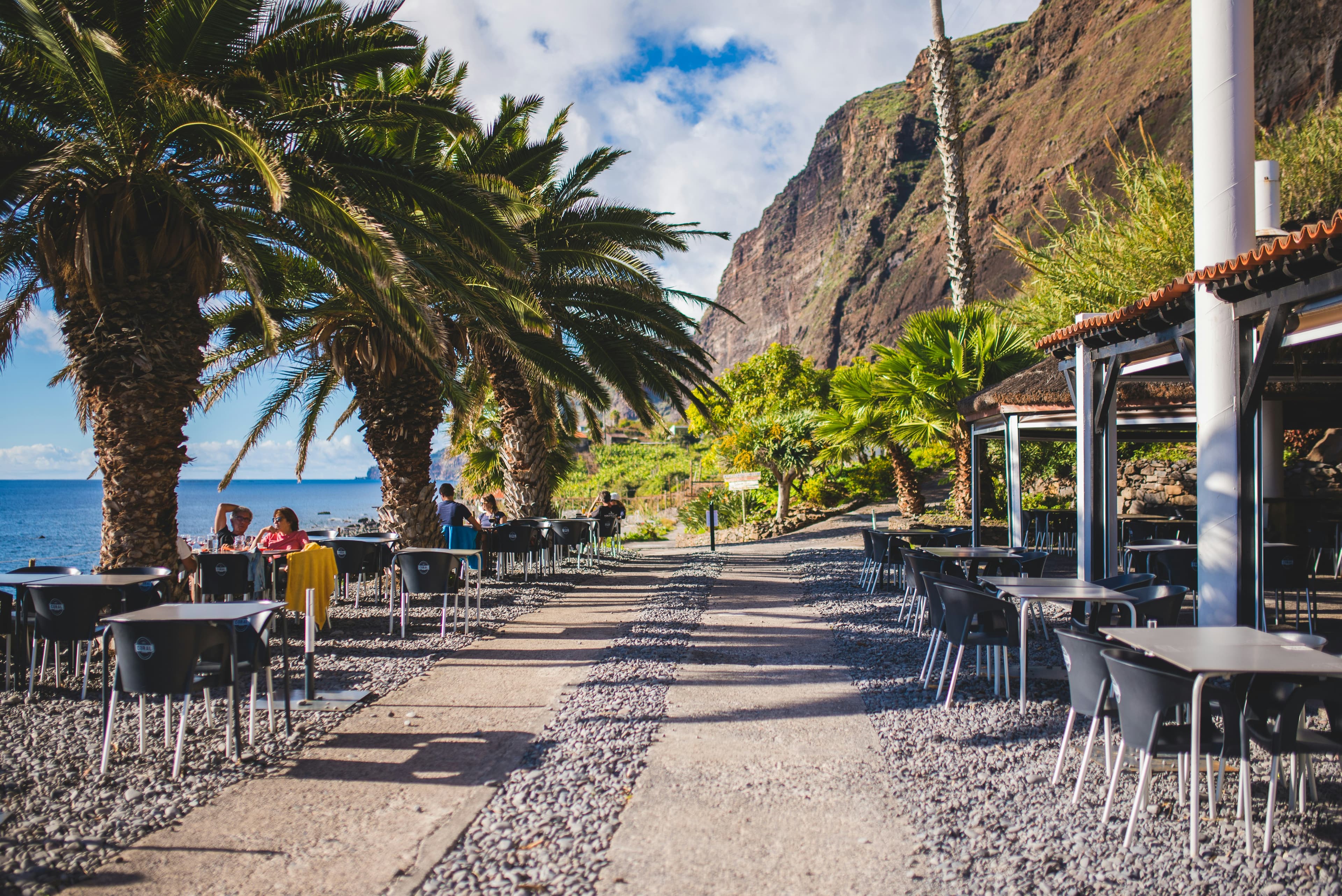
Madeira: island cuisine and espetadas
The archipelago of Madeira, located off the Portuguese coast, is much more than just a paradise for hikers or nature lovers: its cuisine reflects its history, its geography and its island spirit. Among the emblematic dishes, the Espetada stands out for its rustic simplicity, its generosity and its ability to gather people around the fire. In this article, we explore the island cuisine of Madeira in general, and then take a deep dive into the espetada: its origin, preparation, side dishes and why it is a must-try during a stay on Madeira.
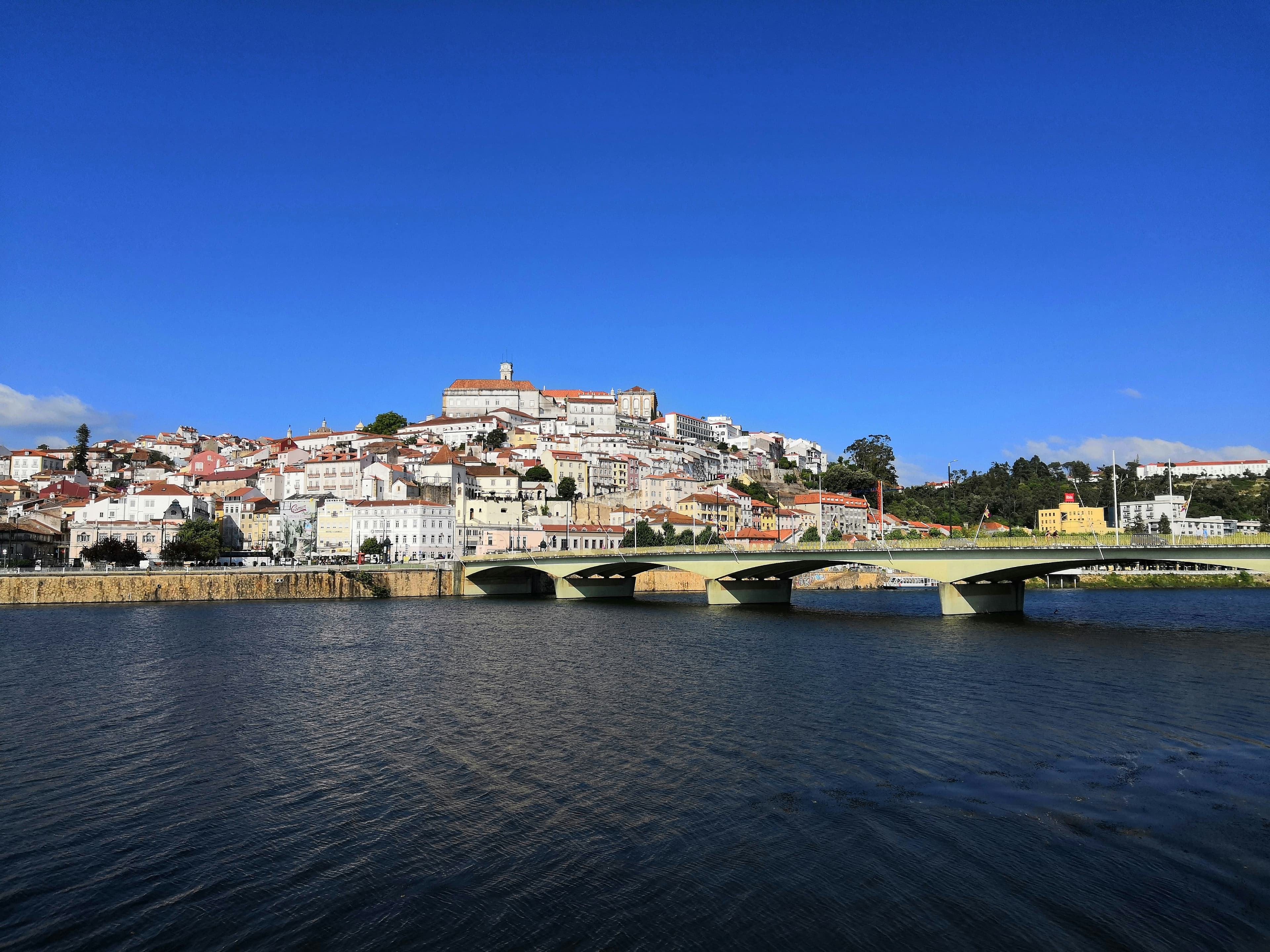
Where to eat in Coimbra if you’re a student: fun, affordable and friendly spots
Coimbra is home to the esteemed University of Coimbra and its student population creates a vibrant food scene geared toward affordability and simplicity. With so many students, many restaurants offer student menus or prato do dia (dish of the day) at great value. The official tourism site notes that restaurants range from typical family-run taverns to more sophisticated diners. In short: good food, good price, good vibe.
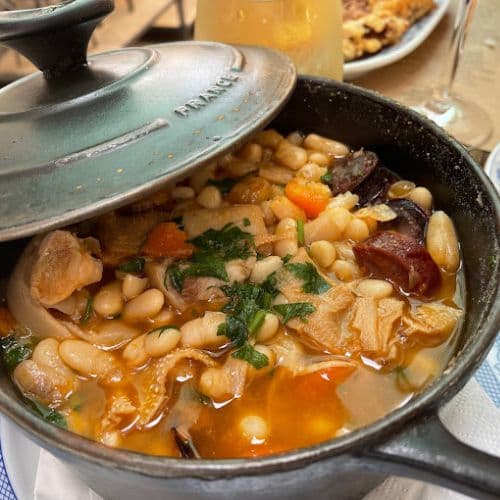
Gastronomy of Northern Portugal, Between Tripe, Stews and Tradition
Northern Portugal is a region where gastronomy tells the story of a people proud of their roots and traditions. From slow-cooked tripe to hearty stews (it might sound unusual, but it’s absolutely delicious !), each dish invites you to explore a rich and warm culture. Prepare for a culinary journey through Minho, Douro and Trás-os-Montes !
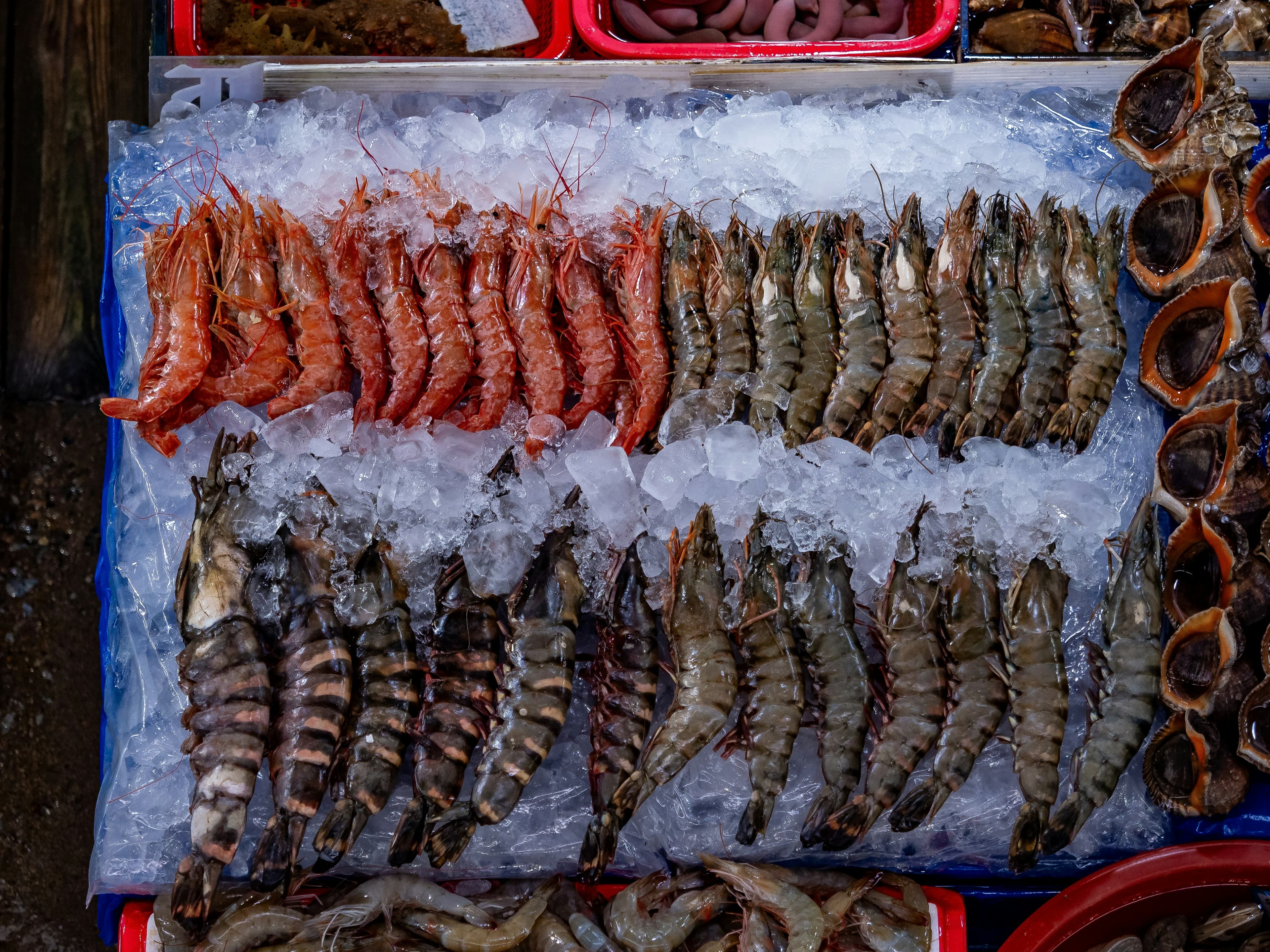
Seafood in the Algarve, an Oceanic Feast
The Algarve, this southern region of Portugal bathed by the Atlantic, is not only famous for its golden beaches and cliffs sculpted by the sea… It is also a true paradise for seafood lovers ! Prawns, octopus, clams, crabs, fresh sardines, and of course the famous cataplana, every bite tells a story of the sea, local traditions, and culinary expertise.

The Best Francesinhas in Porto : The Complete Guide to Savouring the Portuguese Specialt
Porto, the second largest city in Portugal, is not only famous for its namesake wine and the picturesque landscapes along the Douro… the city is also a true culinary paradise, where tradition meets innovation!
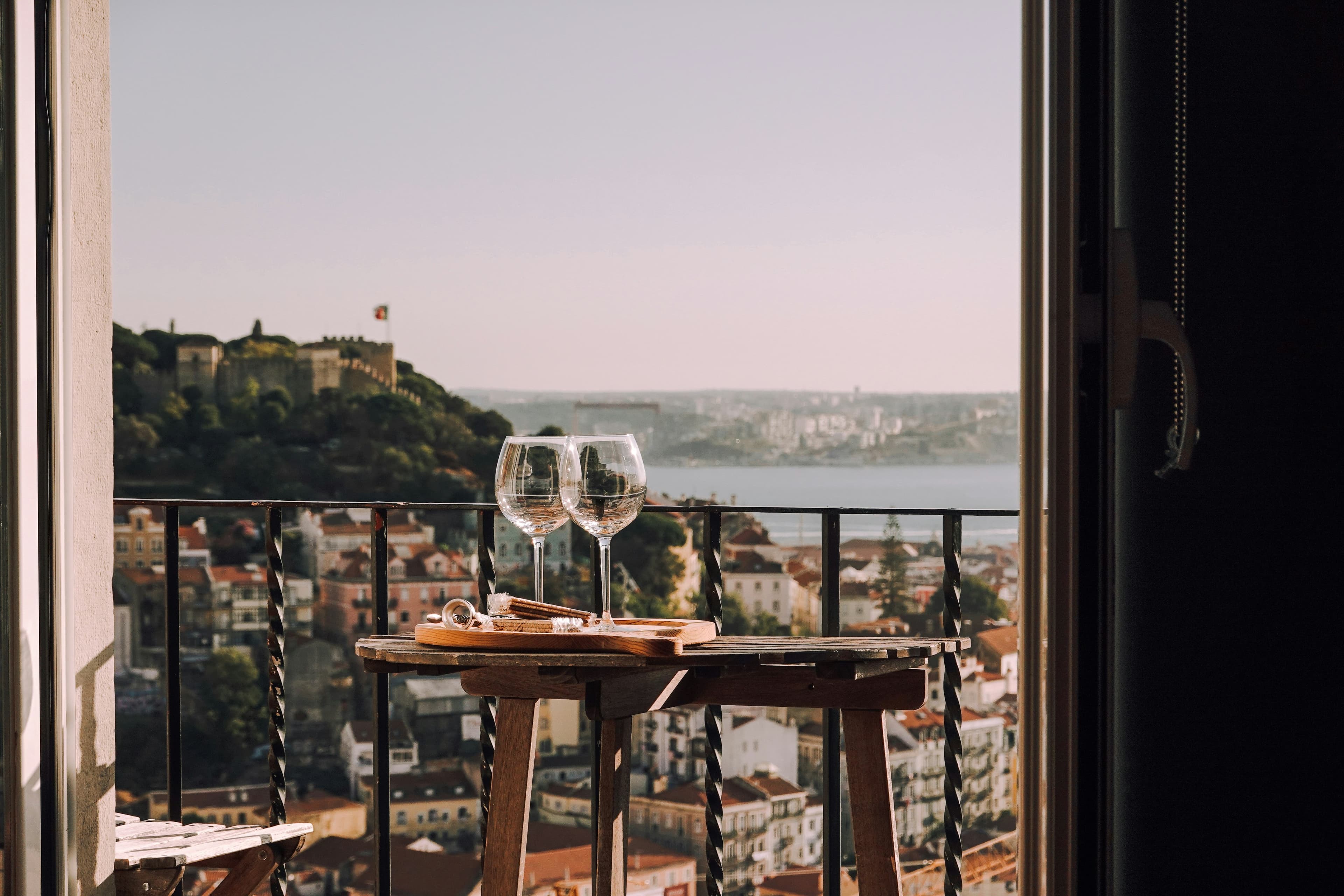
Must-try restaurants for a city break
When you arrive in a city for a short break, the right restaurant starts with the location. Look for a place that’s lively without being overly touristy, where locals walk in and the vibe is relaxed. The idea: sit somewhere that breaths city life, not somewhere where you feel like just another tourist. Side streets near the centre, around markets or close to the station often hold the best surprises.


